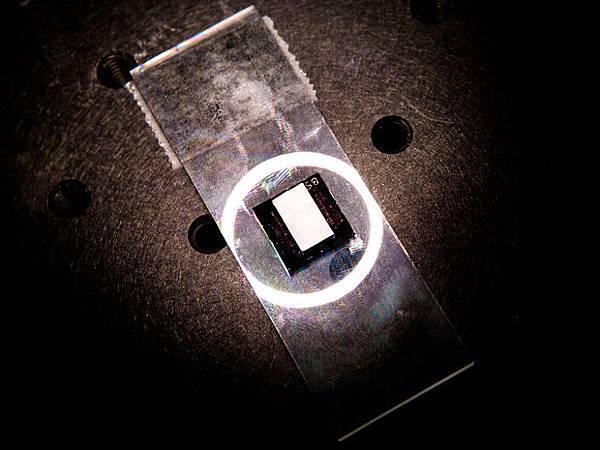
The capabilities of wearable sensors seem to be expanding every day. However, for the most part these sensors have measured just physical attributes, like heart rate.
Now researchers at the University of Michigan have developed a graphene-based wearable sensor capable of detecting airborne chemicals that serve as indicators of medical conditions. For instance, the sensor could detect acetone, which is a biomarker for diabetes. Or it could detect abnormal levels of nitric oxide and oxygen, which would be an indicator of conditions such as high blood pressure, anemia, or lung disease.
"With our platform technology, we can measure a variety of chemicals at the same time, or modify the device to target specific chemicals. There are limitless possibilities," said Zhaohui Zhong, an associate professor at the University of Michigan, in a press release.
The researchers had to take a novel approach to how the nanosensor detect chemicals. In research, which was published in the journal Nature Communications, the Michigan researchers developed a sensing mechanism based on detecting molecular dipoles.
This sensing mechanism stands in contrast to most other nanosensors, which are based on detecting a change in charge density due to a molecule binding to the sensor.
"Nanoelectronic sensors typically depend on detecting charge transfer between the sensor and a molecule in air or in solution," said Girish Kulkarni, a doctoral candidate and one of the researchers, in a press release. "Instead of detecting molecular charge, we use a technique called heterodyne mixing, in which we look at the interaction between the dipoles associated with these molecules and the nanosensor at high frequencies."
The researchers claim that the graphene made this sensing technique possible, resulting in extremely fast response times of tenths of a second as opposed to tens or hundreds of seconds in existing technology. In addition to fast response times the sensors are highly sensitive, capable of detecting molecules with a concentration of a few parts per billion.
With these graphene-based sensors, the researchers have been able to put an entire chromatography system on a single chip that is able to operate with very little power. With this setup, a badge-side device could be worn on the body to give continuous monitoring of health conditions.
Source:IEEE



 留言列表
留言列表